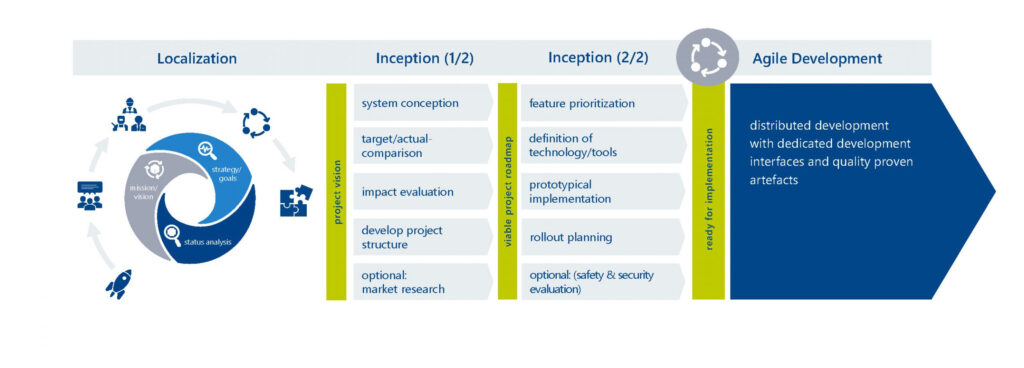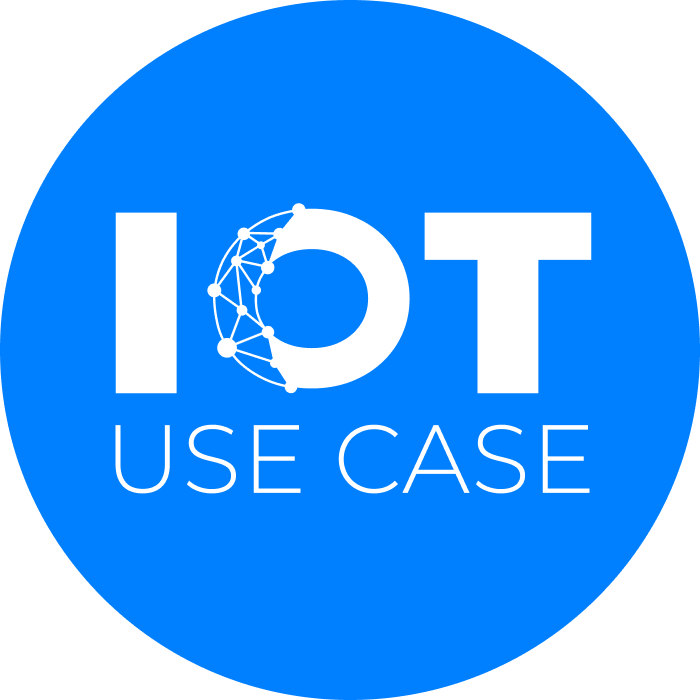Companies often have difficulties in building data-based processes and business models because their heterogeneous IT and service landscape prevents the efficient exchange of data. ITK Engineering offers consulting and services for building a robust and scalable IT architecture without undesired system discontinuities.
The challenge: Heterogeneous IT hinders data-based processes
When companies in industry want to establish data-based processes and business models, they often encounter an obstacle: their heterogeneous IT landscape, which is characterized by fragmented systems and media discontinuities. It prevents the efficient exchange of data or even its extraction.
In many cases, tools such as Excel are used to interconnect different systems. It is often used as a universal tool because of its capabilities. However, a great deal of manual work is required when exchanging data with Excel, resulting in a system landscape that is difficult to expand and maintain.
Such detours are a clear sign of inefficiencies in processes of, for example, production planning and control as well as in reporting. Thus, the implementation of Industry 4.0 and the use of Industrial IoT are more difficult or even economically impossible. However, there are no off-the-shelf solutions and no “blueprints” in this area. IT architectures have to be adapted very individually to the requirements of a company. Ideally, proven technology building blocks such as container platforms (Kubernetes, OpenShift, …), message brokers (Apache Kafka, Rabbit MQ, HiveMQ, …) and databases (Postgres, Oracle, InfluxDB, MongoDB, …) are combined with modern, service-oriented architectures and modern development and deployment processes.
The development service provider ITK Engineering is particularly experienced in this. The company is active worldwide in industries such as manufacturing, automotive, rail technology and healthcare. It offers consulting and services to create a robust state-of-the-art architecture for companies without undesirable system breaks.
The solution: IT modernization in a structured development process
ITK Engineering uses a structured development process consisting of three conceptual phases followed by a phase of agile development of the definitive solution. In the first three phases, the new IT landscape is designed and precisely adapted to the company’s requirements:
1. Localization
In the first phase, ITK Engineering and the company jointly define the goals and motivation for modernizing the IT landscape. For this purpose, all important stakeholders are identified and information about the various business and technical aspects of the project is summarized. Then the project team documents the current state of the IT architecture. This includes an overview of all key systems and interfaces, the respective contact persons, and numerous specific documents such as BPMN diagrams, value stream analyses, and data models. Finally, the team defines the requirements for the target system including all important use cases.
2. Inception 1
In this phase, the project team develops the architecture of the target state and analyzes the necessary steps to achieve it. Part of this phase is an effort and benefit estimate, so that a roadmap can then be prepared. This also includes an initial evaluation of the available software solutions in terms of their suitability.
3. Inception 2
In this phase, proofs of concepts (PoCs) are carried out for the critical elements. A Minimal Viable Product (MVP) can be built to further minimize risk. The knowledge gained from these demonstrators is incorporated into the architecture. For a seamless transition to the development phase, a prioritized backlog is created, as well as a roll-out strategy for integrating the new components into the existing environment. If a security concept is required, it is also created in this phase.
Agile development
Specific software must be developed for interfaces and integration layers as well as for the adaptation of individual components. For this, ITK Engineering uses the agile development approach, which proceeds iteratively and incrementally. Continuous development, testing and improvement of the solution results in a consistently high quality of all components.

The result: a consistently integrated IT landscape
The structured approach to harmonizing the IT system landscape has reduced the number of system and media discontinuities, simplified the entire architecture, made it easier to maintain and thus more economical. As a side effect, transparency is increased and production planning and control as well as reporting are streamlined in industrial companies.





